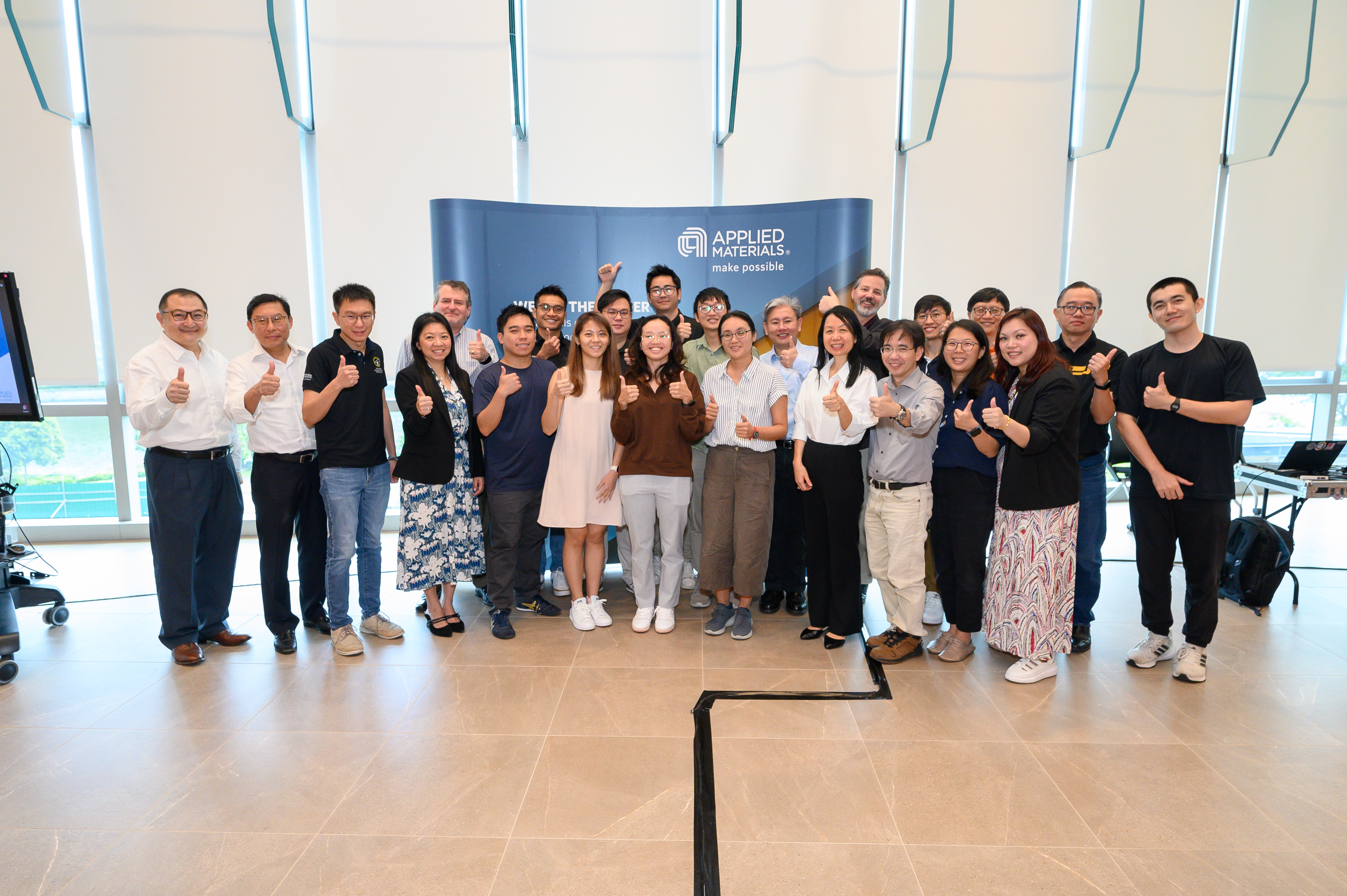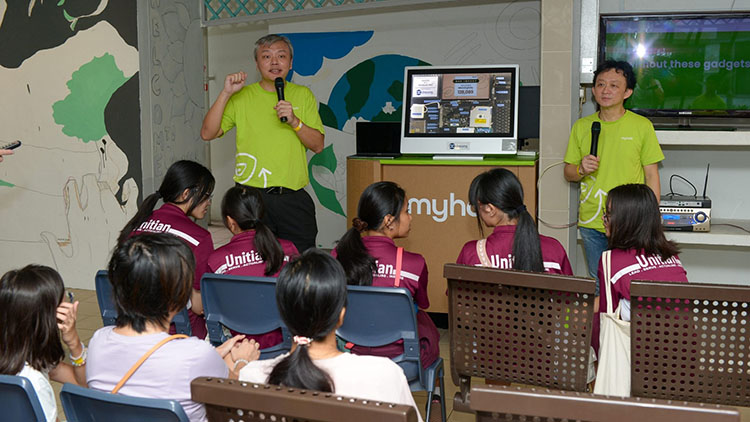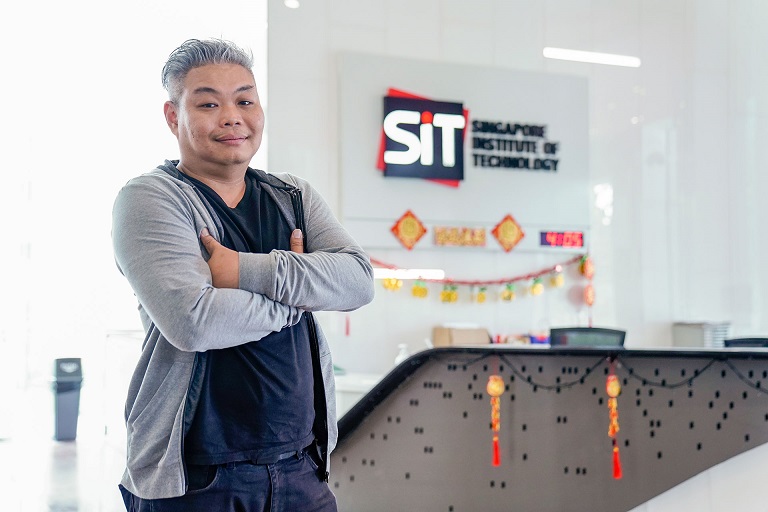
Course Overview
This workshop is designed to empower legal professionals with knowledge and skills in AI-assisted patent drafting, offering a hands-on approach with practical lessons and live application demonstrations.
Throughout the workshop, you will explore various aspects of robot patent drafting, gaining insights into the patent system, navigating its intricacies, and honing your skills in drafting patent claims.
What sets this course apart is its distinctive application of robotic technology – you will have the opportunity to work alongside intelligent robotic assistants that will guide you through the patent drafting process.
By the end of the workshop, you will be able to draft patent applications using a patent drafting robot, starting from an invention disclosure. You will also acquire valuable knowledge on different patent filing strategies and tactics, including how to work with Patent Cooperation Treaty (PCT) patent applications, national patent applications, and with regional patent applications.
Who Should Attend
- Inventors, innovators, engineers and researchers who want to learn how to protect their inventions through patents
- Patent attorneys and legal professionals who want to understand the intricacies of drafting patents with the help of robots
Prerequisites
Individuals must learn and understand the ABCD concept, a term that trainer, Martin Schweiger, has come up with to represent the different stages of one’s innovation:
- “A”: an invention that has been conceived in the Idea stage
- “B”: an invention that has been conceived in the Proof-of-Concept stage
- “C”: an invention that has been conceived in the Prototype stage
- “D”: an invention that has been conceived in the Product stage
The inventive concept “A” is filed at a patent office such that you get a quick official search result, while the inventive concepts “B” and “C” can be covered by provisional filings that are free at all patent offices of this world, except at the US Patent Office.
What You Will Learn
Day 1
- Draft patent applications with robots available in the workshop
- Complete an invention disclosure form and convert it into input for automated patent drafting tools
- Explain different patent filing strategies and tactics, which include motives for filing patent applications and their impact on filing strategies, the patent types, claiming priorities, Patent Cooperation Treaty (PCT) patent applications, national patent applications and regional patent applications
- Define “patent quality” and ways to measure it
Day 2
- Understand what Innovation Marketing and Commercialisation is and how to apply it to business situations
- Convert use cases into invention disclosure that can be inputted into the robot within a given period
- Utilise resources from IP Lawyer Tools to enhance learning
Teaching Team

Martin Schweiger
Expert for AI-Assisted Patent Drafting & AI Keynote Speaker / Patent Attorney (EP, DE, SG, UPC) Schweiger & Partners
Schedule
| Course Run | Dates | Time |
|---|---|---|
| September 2024 run | 13 & 20 Sept | 9:00 am – 6:00 pm |
Day 1
| Time | Topics |
|---|---|
| 9:00 am | Welcome |
| 9:30 am | Live demonstrations using a robot |
| 10:00 am | Group discussions |
| 10:45 am | Break |
| 11:30 am | Teaching |
| 1:00 pm | Lunch |
| 2:00 pm | Live demonstration, converting invention disclosure into input for Power Patent |
| 3:30 pm |
Patent filing strategies and tactics:
|
| 6:00 pm | Course summary |
Day 2
| Time | Topics |
|---|---|
| 9:00 am | Innovation marketing and commercialisation |
| 11:00 am | Live demonstrations using a robot |
| 12:00 pm | Lunch |
| 1:00 pm | Live demonstration, converting invention disclosure into input for Qatent |
| 2:30 pm | Assessments |
| 4:00 pm | Group discussion |
| 6:00 pm | Resources for further learning |
Certificate and Assessment
A Certificate of Attainment will be issued to participants who
- Attend at least 75% of the course; and
- Undertake and pass non-credit bearing assessment during the course
Participants who meet the attendance requirement but do not pass the assessment will receive a Certificate of Participation.
Assessment Plan
Assessment Type: Written Assessment (Short Answer)
The written assessment consists of 25 different sets of questions. Individuals must rewrite the content into an invention disclosure that can be fed to the robot.
Fee Structure
The full fee for this course is S$2,180.00.
| Category | After SF Funding |
|---|---|
| Singapore Citizen (Below 40) | S$654.00 |
| Singapore Citizen (40 & Above) | S$254.00 |
| Singapore PR / LTVP+ Holder | S$654.00 |
| Non-Singapore Citizen | S$2,180.00 (No Funding) |
Note: All fees above include GST. GST applies to individuals and Singapore-registered companies.
Course Runs
Frequently Asked Questions
-
Do I need to have programming skills to attend the workshop?
No, programming skills are not necessary to attend the workshop. However, a basic understanding of patent law and the patenting process would be helpful.
-
Will I be able to use a patent drafting robot on my own after the workshop?
Yes, the workshop will provide hands-on training on how to use the patent drafting robot, and learners will have the opportunity to practice using the tools during the workshop. However, additional training and practice may be necessary to become proficient in using the tools on your own.
New Engineering Micro-credentials Launching Soon!
Exciting news! We are introducing new micro-credentials in Electrical and Electronic Engineering & Infrastructure and Systems Engineering. Be among the first to know by registering your interest today! Register now →










